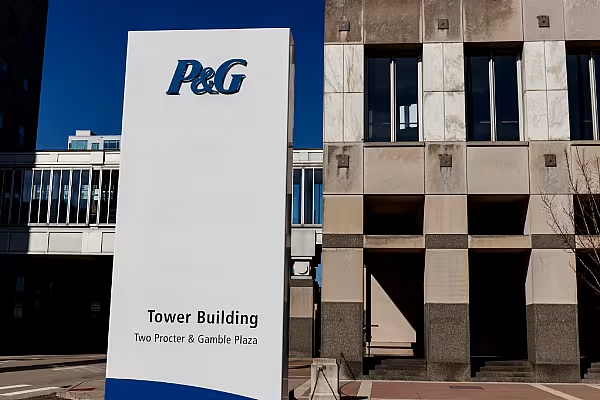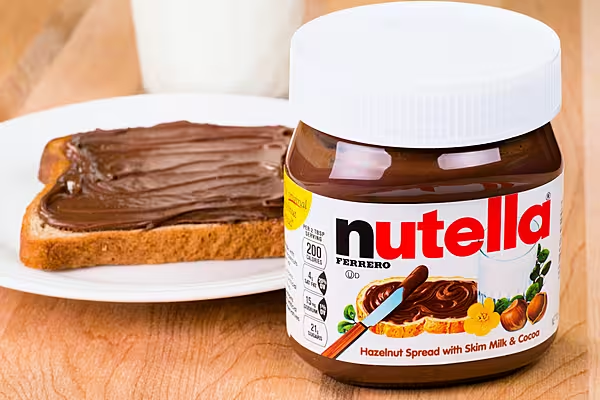Procter & Gamble missed Wall Street expectations for first-quarter sales as consumers in its major markets, the United States and China, switched to cheaper household and personal care brands.
An uncertain economy in the United States has pushed customers mainly from the lower income group to hunt for products at the cheapest price possible, hurting sales at P&G, which is facing competition from rivals discounting their offerings and cheaper private label brands.
Additionally, a grim demand environment in its second largest market, China, has resulted in P&G underperforming peers such as Nestlé and Unilever.
Quarterly Highlights
P&G reported a 1% increase in overall organic volumes in the first quarter, while the average prices across its product categories rose 1%.
The company's first-quarter net sales fell to $21.74 billion from $21.87 billion a year earlier. Analysts had expected $21.91 billion, according to LSEG data.
Jon Moeller, chair of the board, president and chief executive officer, stated, “Our organic sales growth, earnings and cash results in the first quarter keep us on track to deliver within our guidance ranges on all key financial metrics for the fiscal year.”
Divisional Performance
P&G's beauty division registered organic sales decline of 2% year on year during the quarter.
However, its hair care segment witnessed a low-single-digit increase, driven by volume growth and favourable premium product mix in North America, Europe and Latin America.
Organic sales in the personal care division increased in high single digits, driven by innovation-based volume growth and favourable product mix.
Elsewhere, the skin care category saw organic sales decline more than 20% due to falling volumes and unfavourable mix from lower sales of the super-premium SK-II brand.
The grooming unit saw a 3% increase compared to the year-ago period, buoyed by innovation-driven volume growth partially offset by unfavourable geographic mix.
The health care segment registered organic sales increase of 4%, with oral care growing in the low single digits due to premium product mix, partially offset by volume declines mainly in Greater China.
Organic sales in the fabric and home care segment increased 3% year on year, while the baby, feminine and family care segment remained flat.
News by Reuters, additional reporting by ESM.














